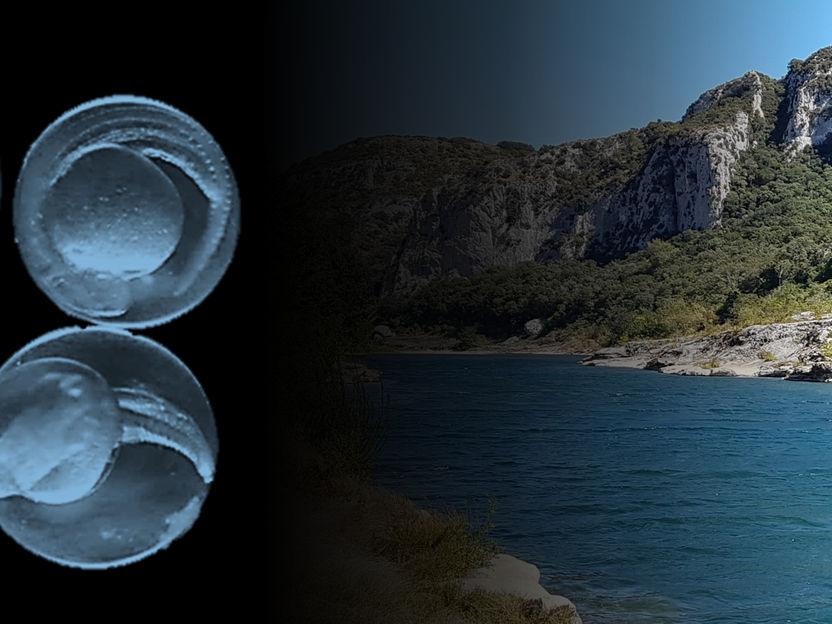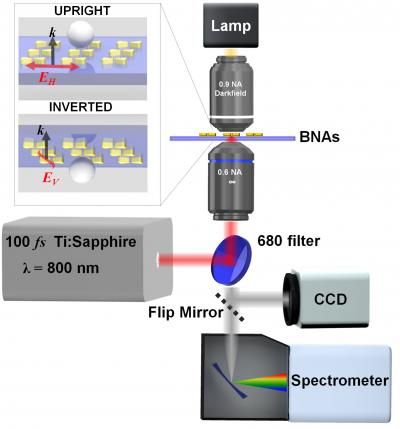Toxicity of drugs released into waterways partly depends on acidity
University of Tübingen study leads to lowering of the EU environmental limit for the painkiller ibuprofen
A study by researchers from the Universities of Tübingen and Athens has found that the toxicity of chemicals in lakes and rivers may vary by several orders of magnitude depending on the water’s acidity. Professor Heinz Köhler from the University of Tübingen’s Institute of Evolution and Ecology, working with colleagues from Athens and the German Environment Agency, tested the effect of 24 substances, most of which are used as drugs, on the development of fish embryos in realistic scenarios. The team developed a model for the reliable prediction of the toxicity of ionizable chemicals in bodies of water. The findings were taken into account by the European Commission at the end of 2022 in setting environmental quality standards to limit the drug ibuprofen. The study has been published in the journal Water Research.

Zebrafish embryos as a testing system for the protection of inland waterways in the EU
Mona Schweizer und Heinz Köhler
For medicines to have the maximum effect, their active ingredients are designed to be difficult for the human body to break down; after that, a large proportion of the dose is excreted unchanged. Due to the increasing use of medicines by an ageing population, ever-greater quantities of many different drugs are entering the environment via wastewater.
The substances investigated in the study, such as the painkillers diclofenac and ibuprofen, the cholesterol-lowering drug clofibric acid and the beta-blocker metoprolol, are ionizable molecules. This means they may exist in a neutral or electrically charged form. Bodies of water may have widely varying acid-base ratios, measured as pH. "All these factors influence the absorption of the substances into the cells of living organisms, which they can damage," says Heinz Köhler.
Looking at worst-case scenarios
The zebrafish served as the test organism. Its developing eggs were exposed to the chemicals. In each case, what’s known as the LC50 value was determined, which reflects the pollutant concentration at which 50 percent of the fish embryos die. In the study, the researchers tested the toxicity of the chemicals at up to four different pH values, ranging from slightly acidic to alkaline water, in more than 1,200 individual tests.
"For some active pharmaceutical ingredients, such as diclofenac, the beta-blocker propanolol and the antidepressant fluoxetine, the LC50 value in fish embryos varied more than a thousand-fold between pH 5 and pH 9," Köhler says. The researchers set up realistic worst-case scenarios so that pharmaceuticals did not cause too much damage to living organisms when released into water and the worst conceivable conditions coincided. On average, the substances proved to be more toxic in their uncharged state than in their ionized form.
Reliable simulations
The research team built their respective modeling approaches based on various assumptions about how effectively the respective drug molecules penetrate the cell membrane and what harmful effect they might have in the cells. To simulate toxicity at different ambient water pH levels, they compared six mathematical models. "For practical application, we selected the model that made it possible to reliably replicate the different toxic effects on fish across three orders of magnitude," says the researcher.
According to Köhler and the second lead author of the study, Dr. Peter von der Ohe of the German Environment Agency, the study results should have an impact on the registration and authorization of chemicals in the EU and on the definition of environmental quality standards. With the EU water limit value for ibuprofen eight times lower than it would have been under the previous method, a start has been made, he adds. "This study contributes to a better understanding of the toxicity of ionizable substances and has significantly improved the prediction of their toxicity. We expect that our results will also be taken into account in the registration and approval of chemicals in the future," say the two researchers.
Original publication
Köhler H-R et al. (2023): LogD-based modelling and ΔlogD as a proxy for pH-dependent action of ionizable chemicals reveal the relevance of both neutral and ionic species for fish embryotoxicity and possess great potential for practical application in the regulation of chemicals. Water Research 235, 119864.
Most read news
Original publication
Köhler H-R et al. (2023): LogD-based modelling and ΔlogD as a proxy for pH-dependent action of ionizable chemicals reveal the relevance of both neutral and ionic species for fish embryotoxicity and possess great potential for practical application in the regulation of chemicals. Water Research 235, 119864.
Topics
Organizations
Other news from the department science

Get the chemical industry in your inbox
By submitting this form you agree that LUMITOS AG will send you the newsletter(s) selected above by email. Your data will not be passed on to third parties. Your data will be stored and processed in accordance with our data protection regulations. LUMITOS may contact you by email for the purpose of advertising or market and opinion surveys. You can revoke your consent at any time without giving reasons to LUMITOS AG, Ernst-Augustin-Str. 2, 12489 Berlin, Germany or by e-mail at revoke@lumitos.com with effect for the future. In addition, each email contains a link to unsubscribe from the corresponding newsletter.





























































